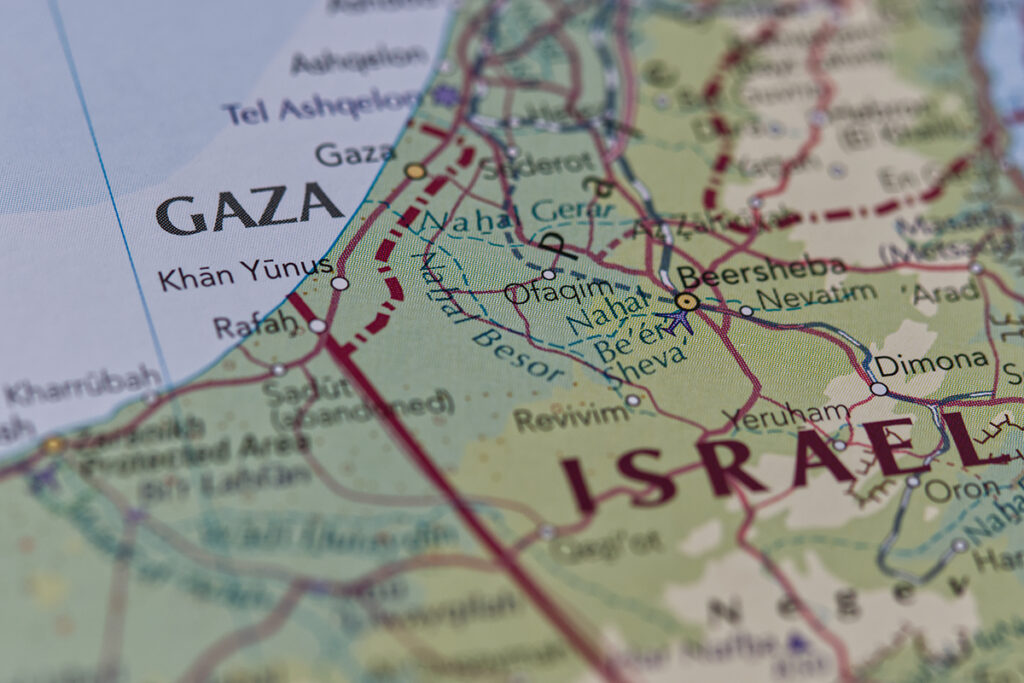On Wednesday, Israel launched a limited ground military operation in northern Gaza, aiming to reclaim a key strategic route known as the Netzarim corridor. This operation marks a significant escalation in a rapidly deteriorating situation, as renewed hostilities have shattered a fragile two-month ceasefire.
Israeli Defense Minister Israel Katz publicly warned that attacks on Hamas targets will intensify significantly unless Hamas swiftly releases dozens of hostages held captive for over 17 months. Katz also indicated that additional evacuations of Palestinian civilians from combat zones in Gaza would soon be announced as Israel ramps up military operations.
The Israeli army confirmed that its forces have successfully retaken portions of the Netzarim corridor, a vital area that effectively splits northern Gaza from the southern part of the enclave. Israel had previously withdrawn from this strategic zone during the ceasefire period established in January, following intensive international mediation efforts aimed at halting months of fierce fighting.
Amid the intensified hostilities, a United Nations guesthouse located in Deir al-Balah, central Gaza, came under fire. According to the U.N. Office for Project Services (UNOPS), the attack resulted in the death of an international U.N. staffer and injuries to five others. Although UNOPS refrained from identifying the nationalities of those affected, the incident has significantly heightened international concern.
UNOPS head Jorge Moreira da Silva confirmed that the strike on the guesthouse was deliberate, explicitly ruling out accidental circumstances or demining operations. According to Moreira da Silva, Israel had been made fully aware that this building served as a U.N. facility housing international workers after previous airstrikes landed close by earlier in the week.
In response, the Israeli military has categorically denied targeting the U.N. guesthouse deliberately, reiterating their official stance that operations focus exclusively on militant targets. Israel maintains its claim that Hamas’s positioning within densely populated civilian areas leads to unintended casualties.
Nevertheless, reports from Gaza’s Health Ministry paint a grim picture. Since the latest wave of Israeli airstrikes began early Tuesday, at least 436 individuals have been killed in Gaza, including 183 children and 94 women. An additional 678 people have sustained injuries due to continuous bombardments across the densely populated enclave.
The Israeli military stated it has conducted extensive strikes aimed at numerous Hamas militants and their infrastructure, including a command center belonging to a Hamas battalion. Despite the Israeli offensive, Palestinian factions have reportedly not fired rockets nor launched counterattacks since the recent escalation, signaling a cautious pause from militant groups in Gaza.
The resumption of violence threatens to plunge the region back into the turmoil that characterized much of the past year. Prior to this week’s flare-up, both Hamas and Israel had shown willingness to negotiate an extended ceasefire. During the initial ceasefire phase beginning in January, both parties exchanged hostages and prisoners, fueling cautious optimism for sustained calm.
However, negotiations stalled as Hamas continued demanding a complete Israeli withdrawal from Gaza and an end to hostilities. Conversely, Israel remained focused on achieving its goal of significantly weakening Hamas militarily and sought further hostage releases without agreeing upfront to a permanent cessation of hostilities.
This latest wave of violence is occurring against the backdrop of an already severe humanitarian crisis in Gaza, with international agencies warning that further fighting would exacerbate suffering among civilian populations. The international community now watches anxiously, as Israeli military actions and Hamas’s response in coming days could decisively shape the immediate future for the region’s stability and humanitarian conditions.


